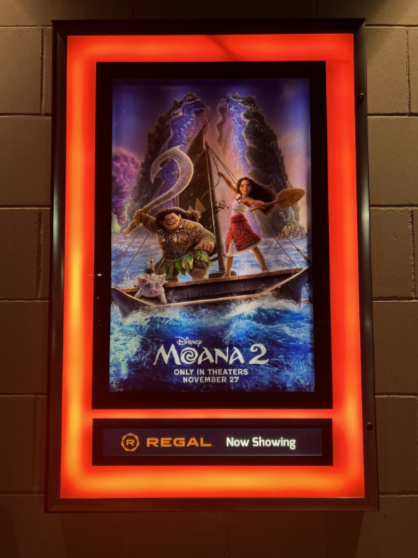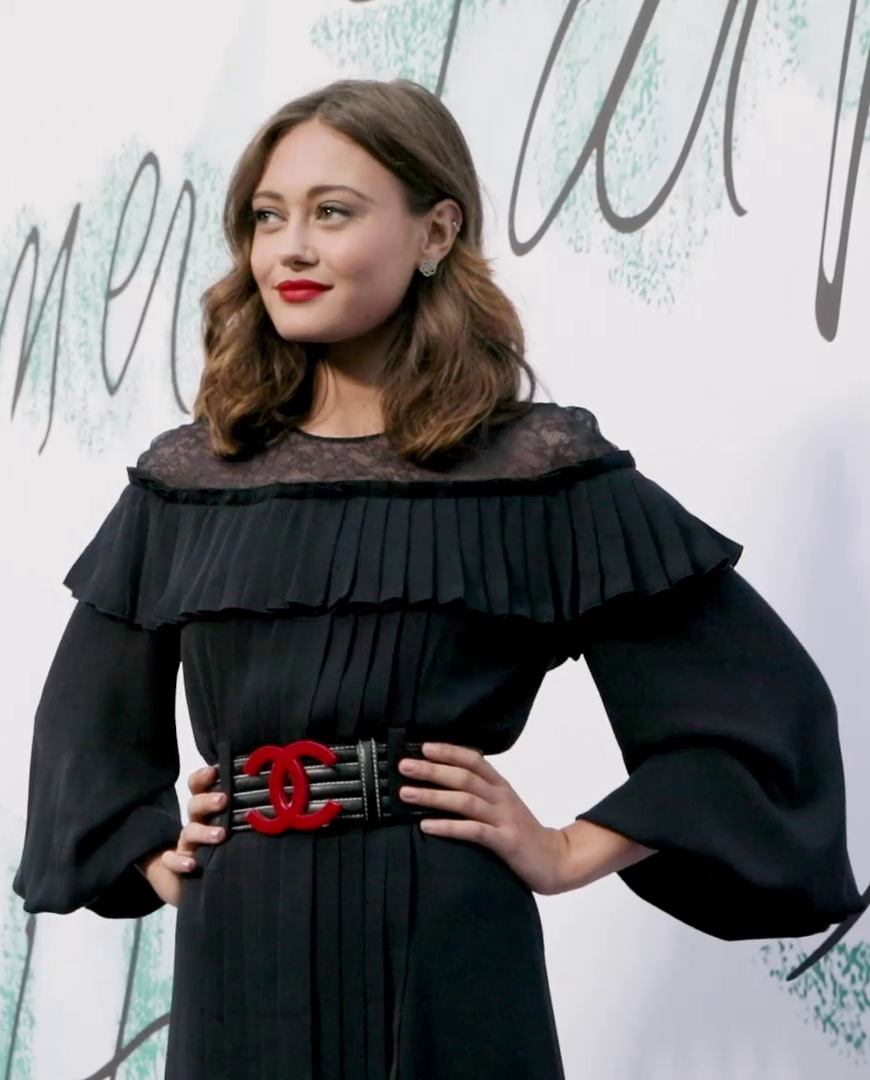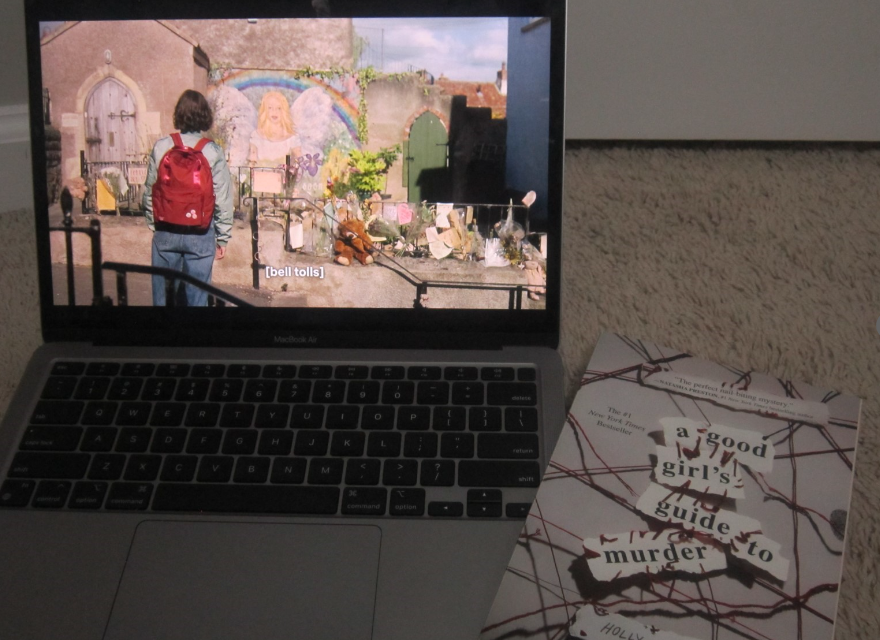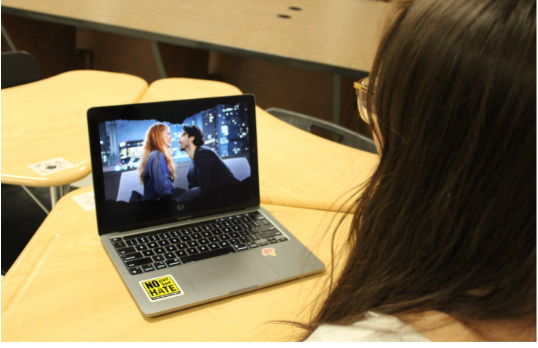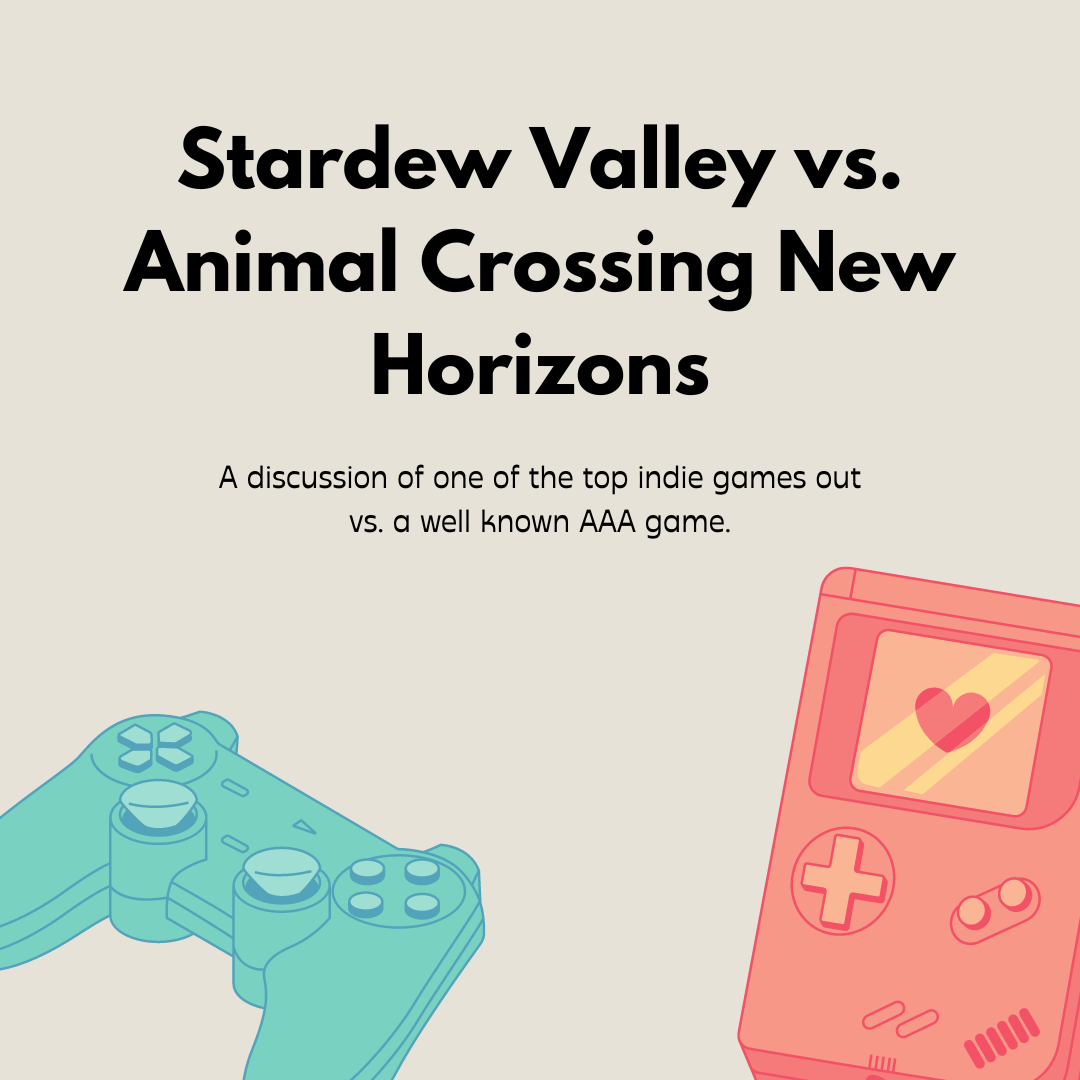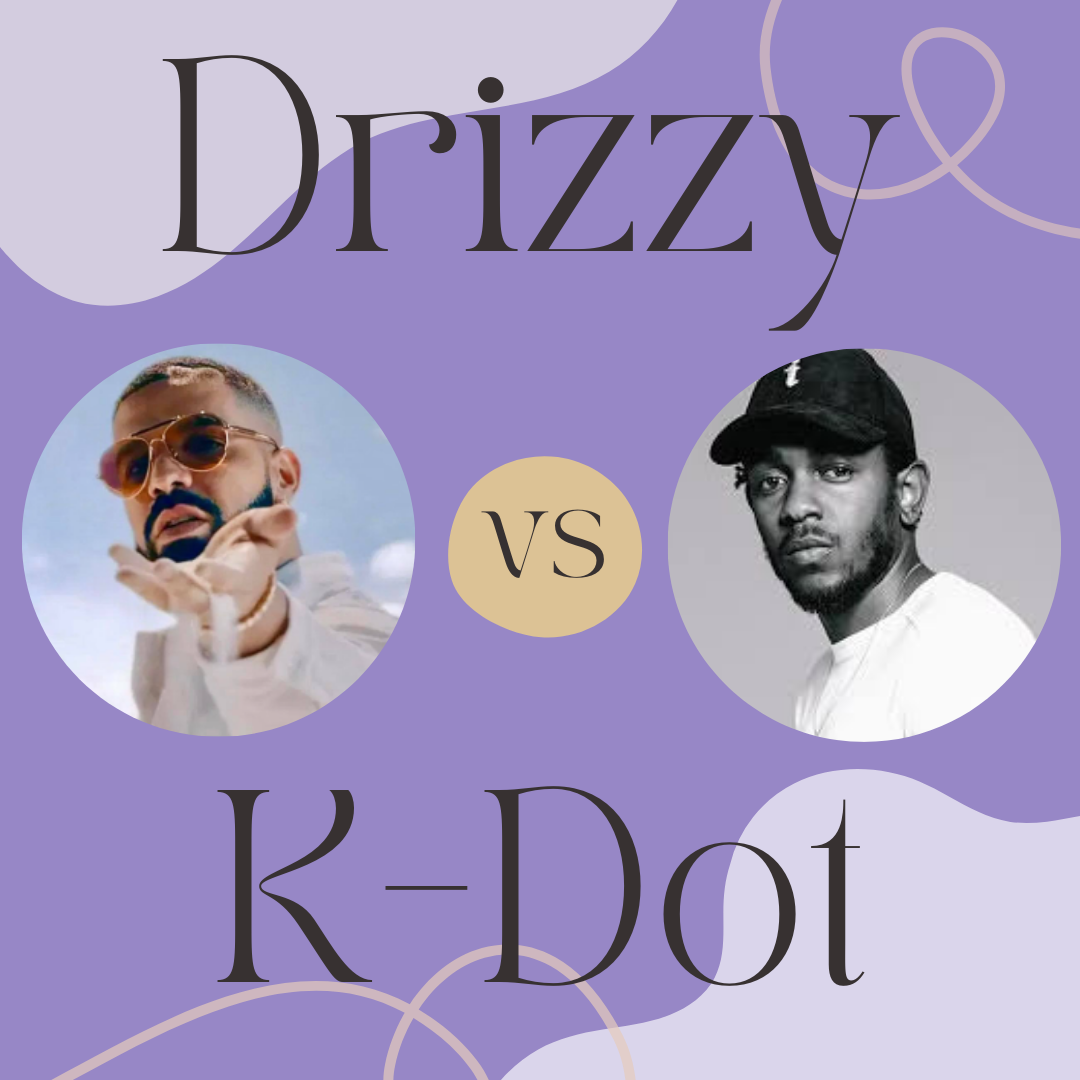Being a South Asian in today’s society entails living with a lot of prejudices and presumptions derived from western television, however, these stereotypes have been evolving with Hollywood media.
For many years, numerous South Asians have been affected by the media’s inadequate portrayal of the South Asian community. Because of how the characters are portrayed and how they vary from other characters, the negative stereotypes of South Asians in the media are frequently racist. By being exposed to these assumptions, many South Asians feel as if they are being compared to the compartmentalized brown characters in Hollywood and that they are set up to be exactly like those characters in the minds of other people.
When asked if she had seen any TV shows or movies with racially stereotyped South Asian characters, Sahasra Battinapatla (’26), had said that, “There were many shows and movies that showcased racial stereotypes. A big and very common example would be Ravi, a character from the Disney show “Jessie” or Baljeet from “Phineas and Ferb.” Common traits these characters have are the tacky “Indian” accents or that the brown kid is always extremely intelligent, not very good at sports, and nerdy type of character. For the western public, South Asians have always been in the shadows being considered dirty, IT whizzes, corner shop managers and so much more.” Sahasra explains, supporting the idea of western TV shows and films having many different negative perceptions of South Asians.
There are numerous ways in which South Asian characters in the media can be stereotyped. Sometimes, the model minority myth will be imposed on the characters, placing an expectation on South Asians to automatically be at a higher level than others around them. This extra pressure from society’s expectations can be extremely harmful and damaging for South Asians because they are immediately put on a standard to be better, smarter, and more diligent.
People, especially adolescents who are exposed to these preconceptions early on, might be negatively impacted by the false perception that all South Asians are intelligent. Kids’ television features a lot of negatively stereotypical characters, which influences children’s thoughts early on.
Another unfavorable stereotype concerns the drastically exaggerated accents that many South Asians on television seem to have, even though their accents are markedly different and less extreme in reality. Some people attempt to be humorous by speaking with an Indian accent because they find the accent amusing. These racist perceptions influence the way South Asians are viewed making them feel inferior and dehumanized.
While not all South Asians have the same accent and have considerably lighter ones than those on TV, characters will sometimes have dramatic Indian accents for the intended purpose of making the films more comical, as if they find the accent funny. Actors are occasionally told to fake a dramatic accent. For example, in Disney’s “Jessie” when Karan Brar faked a theatrical accent throughout the entire show and then again in Diary of a Wimpy Kid. If an actor does not actually have an accent, faking one in a movie or TV show is not needed as it perpetuates the discriminatory idea that all South Asians have the overblown accents seen on TV.
Characters are occasionally portrayed in ways that may be accurate for some South Asians but not all of them, leading to generalized stereotypes that can be slightly racist. Characters like Baljeet or Ravi Ross are stereotypical brown kids who had exaggerated accents and were bullied for being nerdy while also wearing kurtas to school every day. While some kids may relate to these characters, others do not, but regardless of that, people continue to believe that this is what South Asians are really like when they could be the complete opposite. It is damaging to have all these stereotypes surrounding you and to be precepted by others because of the stereotypes.
Luckily, the negative stereotypes surrounding South Asians are slowly changing over time, which has been seen recently in shows like “Bridgerton” and “Never Have I Ever” on Netflix. Shows like these have had a positive alteration on the portrayal of South Asians in media.
“The representation we get as South Asians has been a huge problem because, through the western gaze, South Asians have lent themselves to be a mockery. But throughout 2019-2022, there have been many shows that have been praised and given us the representation we deserve.” Battinapatla replied when asked whether she had noticed a change in the stereotypes for South Asians.
Bridgerton’s second season premiered in March 2022. Since then, many South Asians have been ecstatic that two of the main characters, Kate and Edwina Sharma, were portrayed by two Indian women. In addition, the characters had excellent cultural representation and weren’t stereotypical Indian TV characters.
It’s unexpected to see a South Asian actor perform one of the lead roles in a series like this, but it is also very exciting as well as a welcomed change from the usual Hollywood media and a positive step in the right direction. Also, the representation of the South Asian community in this series was different from the representation they would get in older shows. The portrayal of Kate Sharma and Ravi Ross varies significantly; it is clear that Kate Sharma represents South Asians more accurately. She is elegant and desirable rather than teased and nerdy.
Additionally, it is acknowledged that her character is written with considerably less cultural stereotypes than the standard Hollywood brown character who is incredibly stereotypical and receives no correct cultural appropriation. In episode 3, Kate is shown oiling her sister’s hair, accurately conveying Indian traditions and rituals. By including this scene, the show uncovers a glimpse of what true Indian culture, giving South Asians the representation they deserve on TV.
Another Netflix series, “Never Have I Ever”, has provided adequate representation of South Asians. The main character, Devi Vishwakumar, is an Indian-American girl who faces many different hardships in her life, from grieving the loss of her father to the anxiety and stress that comes with being a teenager. Throughout all of this, she has never shown any stereotypical aspects of her personality and has been a suitably cultured character without being unrealistically dramatic about it. Additionally, the show has debunked the myth that South Asians easily excel in school by normalizing the worry and anxiety that comes with being a student, regardless of race.
After being asked if she believed that the representation of South Asians has become better or worse, Battinapatla responded with, “It would be a lie if I said there was better than bad, but it is getting better in this era of Hollywood. There are producers that understand us and our culture enough to give the correct representation and it is coming along as we are getting more content on the media with proper South Asian accents, traditions, and home life. As of now, the good isn’t enough to blur the bad but we are getting there.”
Good representation of South Asians in the media has been rare, especially in older times but nowadays, South Asians are more accurately portrayed and are less stereotyped.



